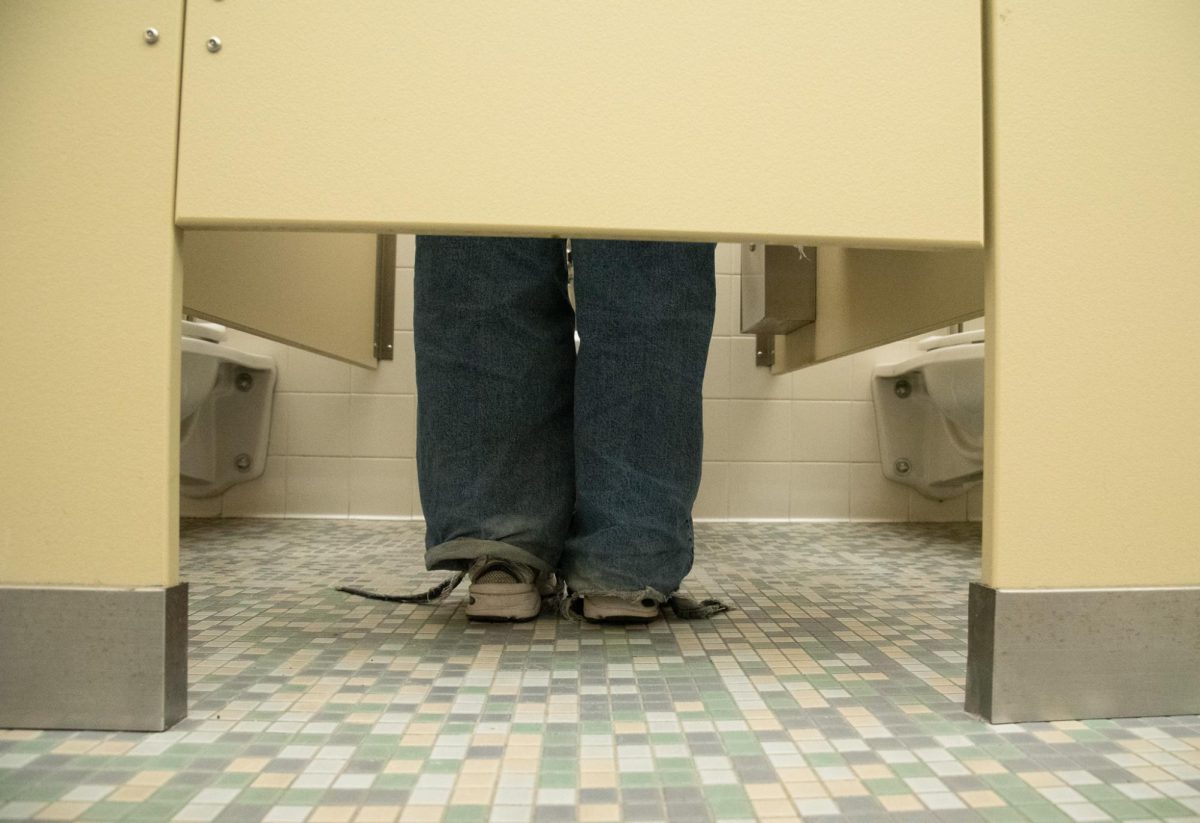Several students have gone to Student Health Services with symptoms of norovirus since returning from winter break, according to an update from the UVM Center for Health and Wellbeing.
Across the nation, norovirus is on the rise. The CDC reported that this year’s surge is more than double that of 2024. Wastewater data also suggests that the Northeast and Midwest are experiencing the highest rates of transmission in recent weeks.
“Norovirus is an RNA virus that is spread through what epidemiologists call the fecal-oral route,” said Timothy Lahey, an infectious disease doctor at the UVM Medical Center.
The virus spreads through the consumption of infected food or coming into contact with a contaminated surface. The manner in which it spreads poses a risk to students, especially those who are living in dorms, according to Lahey.
Symptoms of norovirus include vomiting, diarrhea and abdominal pain. Aches and fevers are more uncommon, but can present as symptoms. For most people, the symptoms only last from one to three days but can be very intense, Lahey said.
However, just because symptoms end does not mean you are no longer contagious—contagion ends about two days after symptoms subside, he said.
“There are people who can have a harder time tolerating [symptoms], so like, little babies and people who are older than 65 or immunocompromised can have a more severe illness,” Lahey said. “They can get life-threatening dehydration or prolonged conditions.”
Due to norovirus not being dangerous for most people, unless there is a prior condition, it’s recommended that people who have norovirus do not go out of the house and get a diagnosis, according to Lahey.
However, UVM’s Center for Health and Wellbeing recommends contacting Student Health Services if you have prolonged symptoms.
Blake Reilly, director of CHWB, did not respond to attempts to seek comment by email.
“The other thing to really pay attention to is staying hydrated,” Lahey said. “Most people really are not up for eating when they’re in the throes of norovirus, but doing what you can to get some palatable fluid down is fine.”
In addition to hand sanitizer, some household cleaners are unable to kill norovirus. CHWB advises using a bleach solution or an EPA-registered disinfectant.
The most effective way to prevent norovirus is making sure to clean shared surfaces and wash your hands with soap often, Lahey said.









